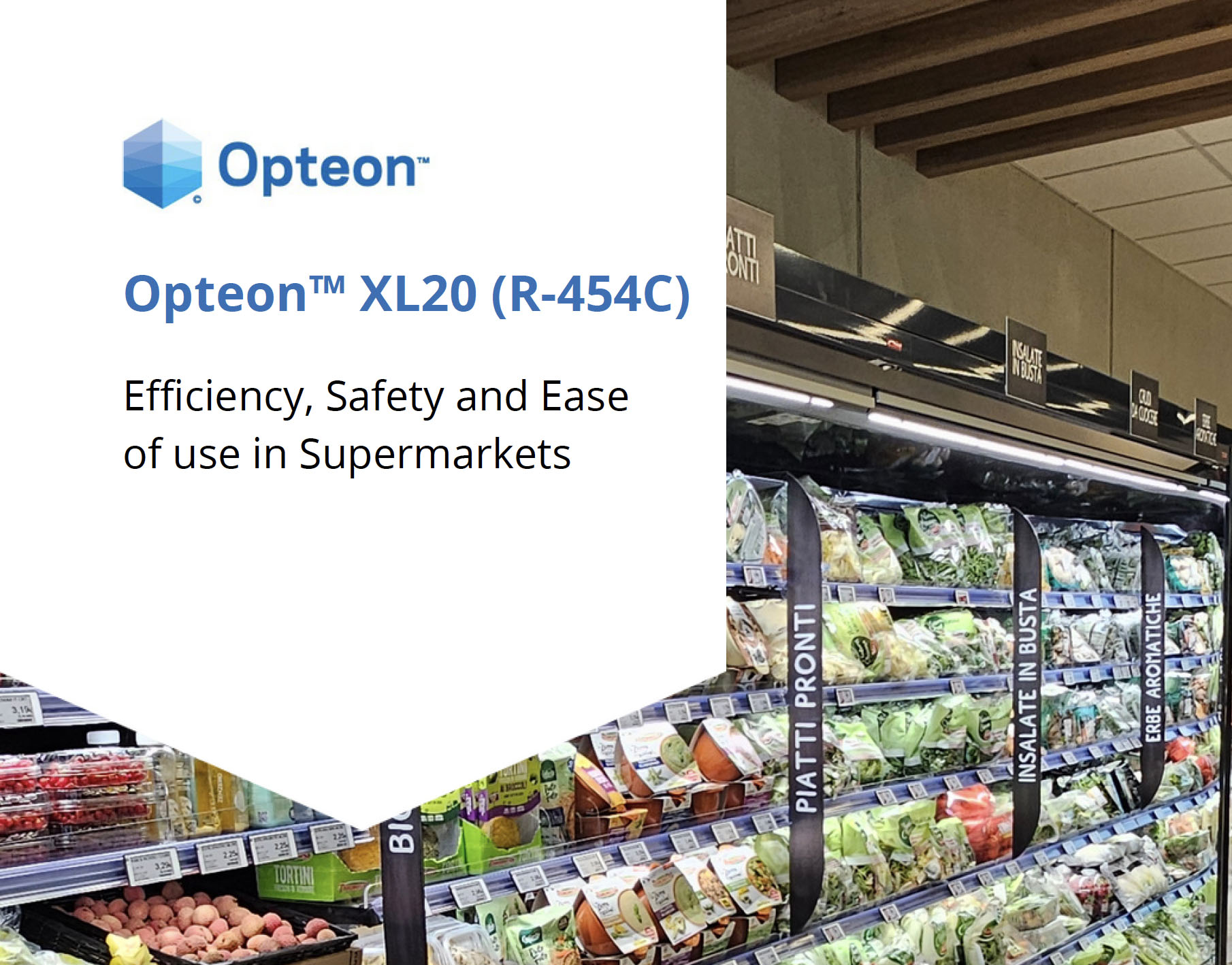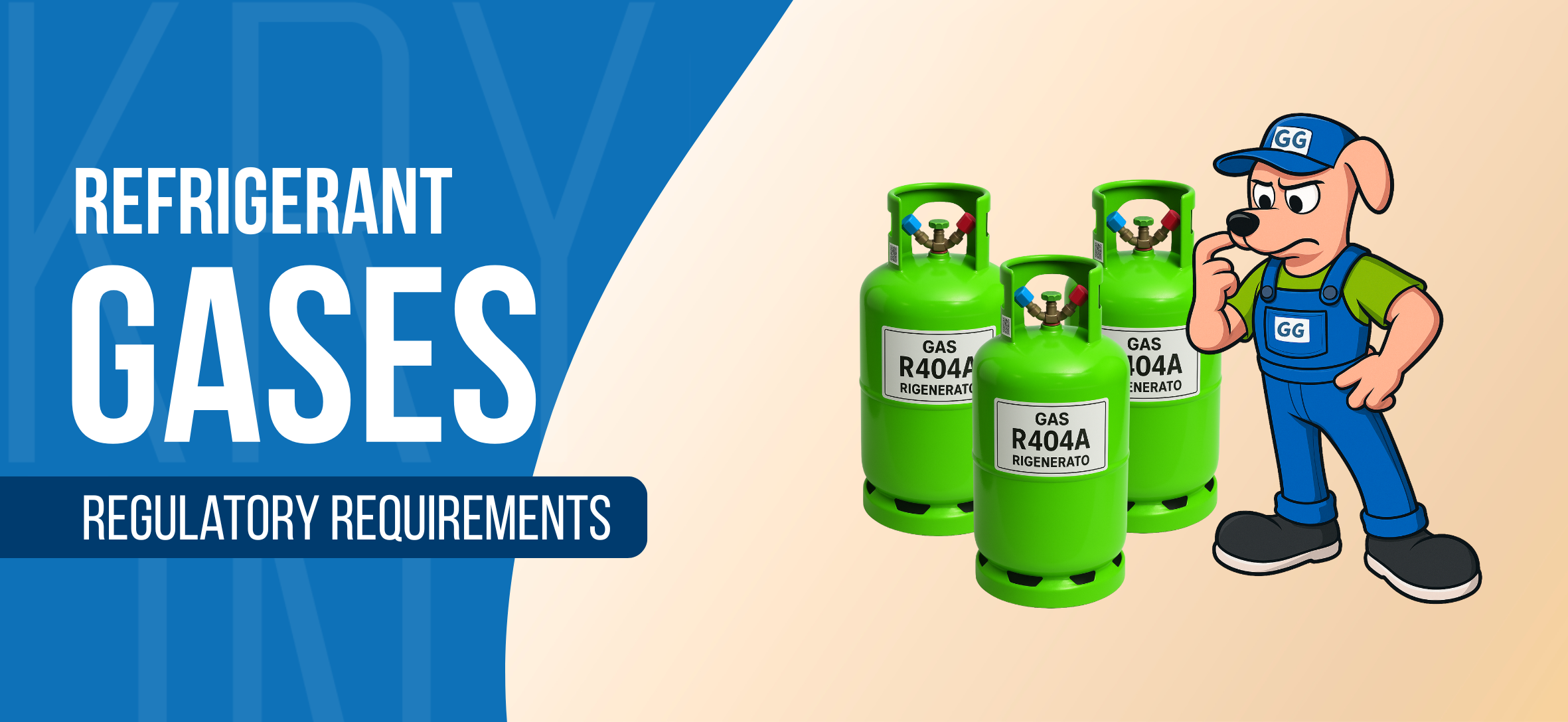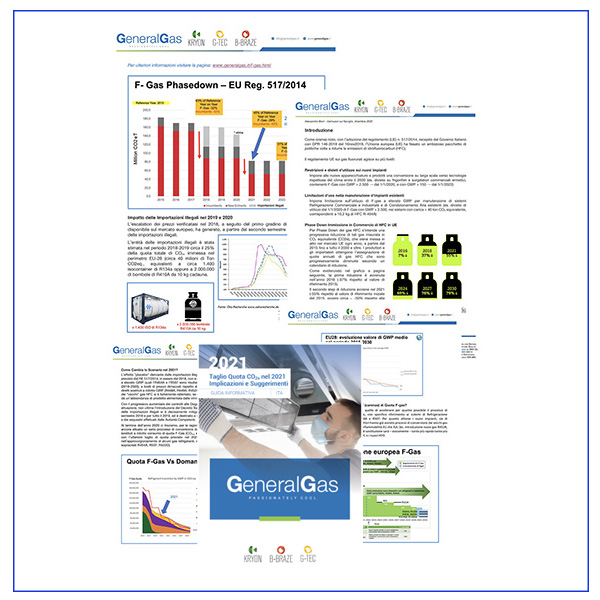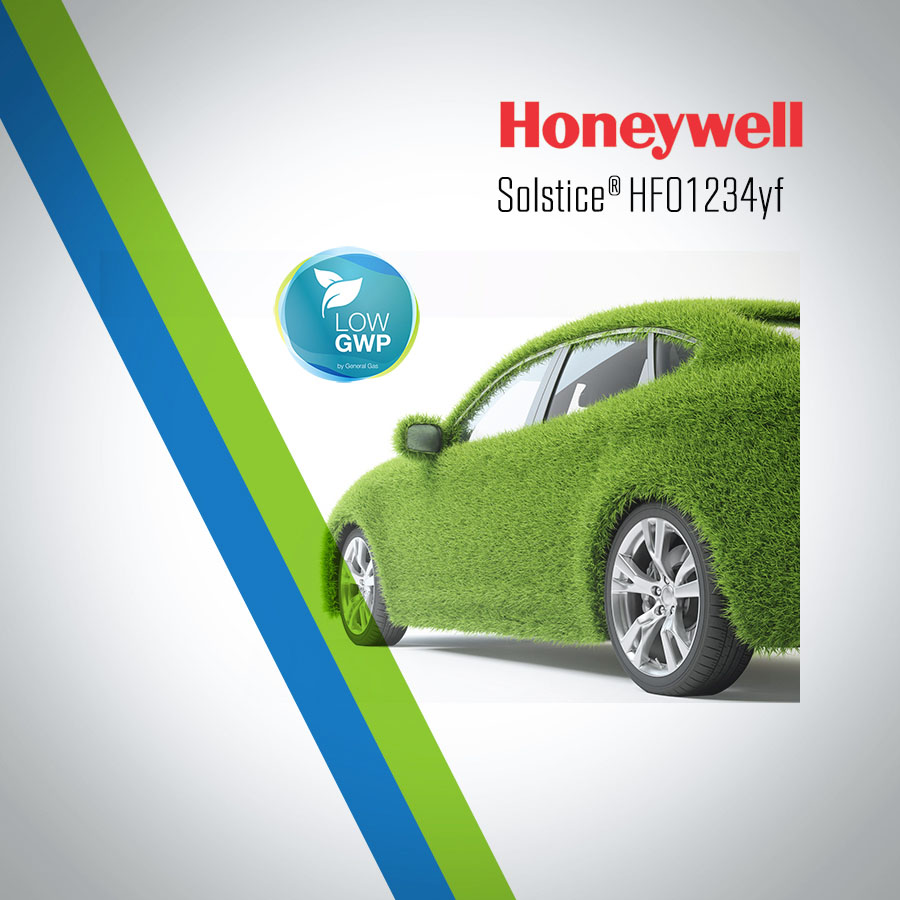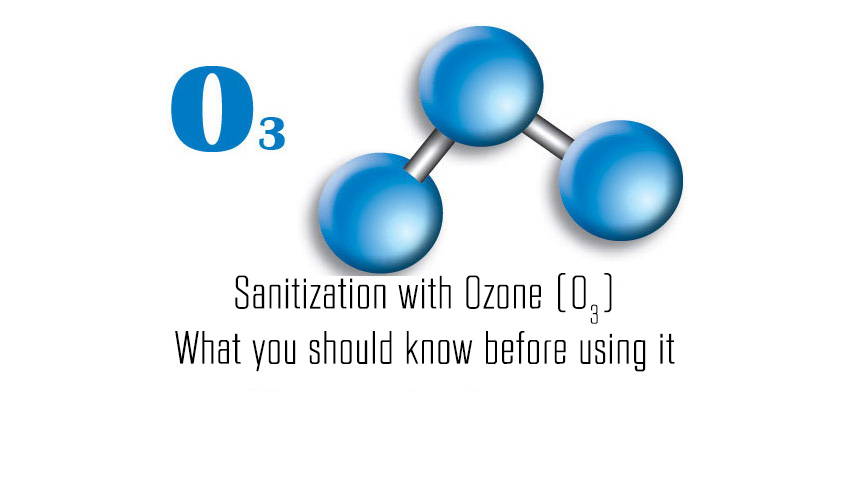
Let's talk about Ozone...
Florence - 13 May 2020 - Alessandro Borri, thanks to the support and specialist advice of Ing. Marcello Greco (R&D specialist in various technology sectors)
The antiviral and antibacterial oxidant capacities of ozone are undeniable; but to be effective it requires you to operate within a precise concentration range (ppm in the atmosphere), to be set in relation to the specific plague (mould, bacterium, virus), as well as to maintain this concentration for the appropriate time.
With regard to the treatment against Covid-19, lacking both of these parameters, no certainty and assurance is given as to its effectiveness (as already confirmed by ISS, Health Direction of the Ministry of the Interior Ministry, WHO).
In addition, many generators that are circulating on the market, based solely on a timer, are objectively inadequate; they cannot guarantee any control over the concentration of the gas and the proper maintenance of these concentration levels for as long as necessary.
Moreover, this limit is evident in environments subject to convection and gas mixing (air and ozone), since ozone is 50% heavier than air, and thus continuously varying the percentages per cubic meter.
We reiterate our belief that ozone is a serious and well-established treatment technology; but efficacy tests are carried out in small biological boxes, in which maintaining adequate levels of gas concentration and homogeneity of concentration in ppm is easy. When we apply the same treatment to large areas, however rich in pollutants, such as dust and nano particulates that combine with ozone, different thermal gradients are presented at various points in the environment, which create swirl and convective movements, continuously shuffling air and gas with concentrations that are therefore uneven and not definable at various points. Even if you want to do a manual check, the movements produced in the air, mixing the gases, would make the measure objectively unreliable.
In addition, we often read at least paradoxical statements, for example: "ozone in the air, at 20 degrees Celsius decays in three days but, given the pollutants present, these favor halving in 40 minutes". Needless to say, this also applies to the ozone generated that, blending with air, actually leaves very little ozone "useful" to sanitize. Ing.Marcello Greco, who deals with R&D (Research and Development) in various technological sectors, states that "from tests carried out with 10 g/h generators, in environments on average polluted by 20 square meters, you do not get even to a peak of 1-1.2 ppm at extremes while, for this virus, many consider a minimum concentration of 5-6 ppm; everything to be set with the sole help of the magic timer".
In short, even if there were the results of scientific research on Covid-19 (and they do not exist) and the related parameters of treatment (concentration in ppm and contact times), it would be more "an act of faith" to believe that they have "sanitized" with such toy devices (among other things, sanitization can only be carried out by companies with specific requirements, starting with the ATECO code to arrive at the presence in the company of a chemical or chemical engineer).
On many advertisements that have appeared in recent weeks on various social networks and websites, promises are read and are featured objectively ridiculous characteristics and levels of effectiveness; for example, generators of 10 grams/hour suitable to sanitize environments up to 200 square meters, when, once generated by the ozonizer, ozone is immediately combined with dust, pollen and nano dust present in the air and the calculations on the concentrations obtained are pure utopia, because of useful ozone there is very little left. This is in addition to additional considerations, such as operating temperature and humidity, both for the principles of gas expansion with heat and for the vulnerability of viruses under certain humidity conditions. But do you really plan to open the instruction manual, press the on button, turn the timer and have the issue fixed by magic?
False promises of wizards and shaman apprentices that people, unfortunately, tend to trust; some then adopt the principle "melius abundare quam deficere" (the bigger.. the better) by creating ozone at greater concentration than needed, when scientific literature clearly states that concentrations cannot be lower than they should be, because they would not be effective, but they cannot even be much higher, since they could even prove detrimental to materials and living beings.
Equipment found at the source for a few dollars, almost always made in the Far East, and resold at 5-10 times as much, almost never equipped with any kind of filter and dryer of moisture; in the absence of these devices, nitrogen oxides and nitric acid (toxic) are produced, as by-products due to the corona effect used to produce ozone in the presence of wet air (i.e. not dried with dew point below -50 degrees Celsius).
Nor are they equipped with a nitrogen catalyst to facilitate the decay of ozone, certain that - and it is not understood on the basis of what objective results - ozone decays after half an hour, returning oxygen. This actually depends on the temperature and contaminants in the air of the premises; already at 20 degrees Celsius it could actually take up to three days and even longer as temperatures drop.
In short, a market that appeals to so many unscrupulous operators, who are "polluting" it with ridiculous generators, often marked "made in italy", but not even equipped with an operating manual in the Italian language, when instead they are the same sold by Chinese companies on Alibaba for 40-50 US$.
It is very sad and irritating that it is leveraging people's fears and need for safety, in such a critical context as what we are experiencing, for mere profit.
ndr: we thank ing. Marcello Greco for the invaluable support and technical advice provided to the editor of this article


